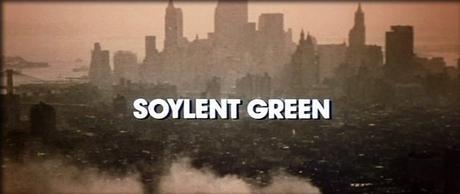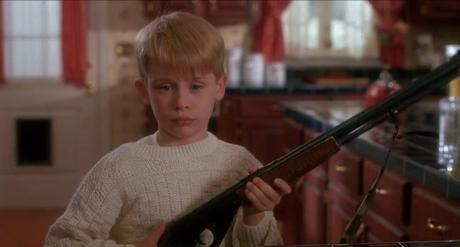Rosemary’s Baby (1968)

Rosemary’s Baby relies on the lack of prenatal technology available in 1968. Rosemary Woodhouse, played by Mia Farrow, is kept in the dark about a number of aspects of her pregnancy until she births the Antichrist. Current medical technology, particularly in regards to imaging and genetic testing, could have given Rosemary some advance warning. Ultrasounds have improved to a point where “3D ultrasounds” can give parents a more complete picture of what their baby looks like, and amniocentesis can test for genetic anomalies. While it is unclear if being the Antichrist would show as a genetic anomaly, it might at least be a major red flag on a paternity test.
Soylent Green (1973)

Another film that would fail in the era of modern biotechnology is 1973’s Soylent Green. Set in a world where pollution and overpopulation has led to food shortages, the titular “Soylent Green” is the newest refined “food” product from the Soylent Corporation. Today, we live in the era of Soylent – according to Alberta Energy we release an estimated 29 gigatons of CO2 into the atmosphere each year, while continuing to crowd the world with more of our species. But we aren’t dependent on suspicious food rations quite yet, primarily because the technological advances connected to agricultural production allow us to produce more food than ever before. Factory farming, as well as the genetic modification of other foods, would have prevented one of the most frightening twists in film history from ever happening.
Home Alone (1990)

In the 1990 movie Home Alone, an innocent child is left (home alone) by accident and must defend his family’s suburban mansion from burglars. Children today would be curious as to why Macaulay Culkin didn’t just Skype his parents to check in, or at least send them a Facebook message to say he would be throwing a personal pizza party for his friends over Christmas. Using the Internet, Culkin’s Kevin McCallister could have rigged up some even more devious traps with the guidance of YouTube videos. But of course, that wouldn’t be necessary if his mom and dad had just bought a high-tech security system for their gigantic house.
The Sixth Sense (1999)

Nowadays there would certainly be ways for Haley Joel Osment to prove to his ghost stalkers that they were dead in 1999’s The Sixth Sense. Smartphone cameras would be the most convenient way to show a ghost that they are no longer in the picture, literally and figuratively speaking. Bruce Willis attempting to send a Snapchat, only to find himself not showing up in the camera would have pulled the movie to a screeching halt. And if nothing else, he and young Haley Joel could have gone “viral” on social media with levitating object tricks.
The Ring (2002)

Originally a Japanese film, the American remake of The Ring made use of the technology of the time as a ghostly little girl haunted those who watched a cursed VHS tape. But who these days even owns a VHS player? All major plot points would have been moot if everyone had laughed the cassette off as a quaint relic in the first fifteen minutes and put it back on the shelf. But even after the viewing and haunting began, Naomi Watts could have learned just to not pick up the phone warning her of “seven days” if only she had caller ID.
It’s important to remember that technology only moves forward, and one day we’ll look back the technology used in films today with the same nostalgia that we save for the films of our childhood. Who’s to say what the next big trend will be, and how that will act as the deus ex machina in years to come?
About the author -:
Beth Kelly is a freelance writer and blogger. Born and raised in Michigan, she moved to Chicago to attend DePaul University where she graduated with a BA in Communications and Media. She lived in Krakow, Poland briefly before moving to South Korea to teach English. Follow her on Twitter

